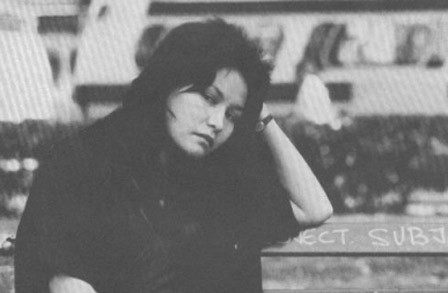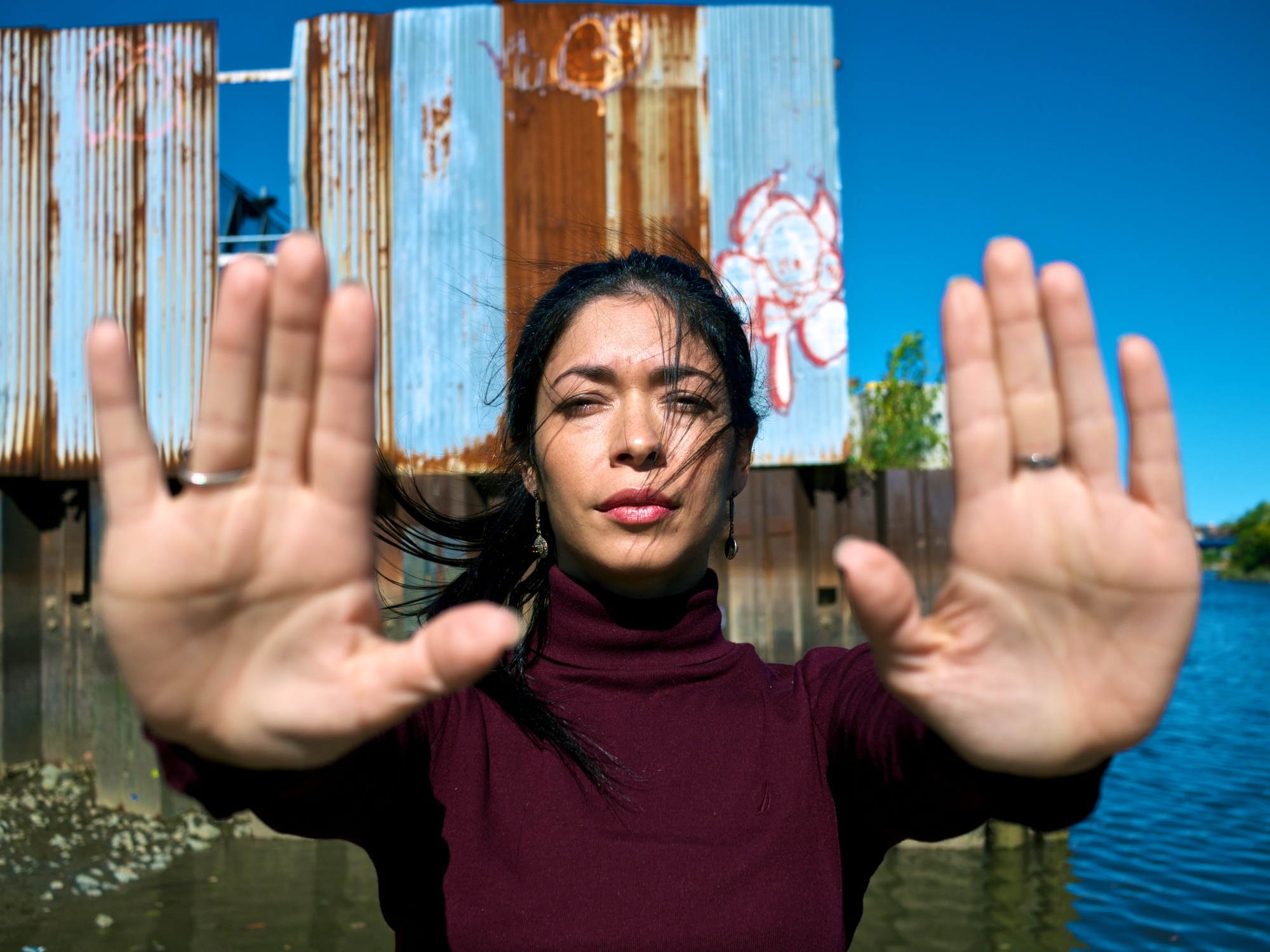JANLINA ELLIS AND CASSANDRA FARRUGIA:
Performative art has been used as a channel for underprivileged, unrepresented, and colonized peoples to collectively heal while using language, performance, and music as a powerful tool to make their voices heard. Spaces like The Nuyorican Cafe are vital because they provide an outlet for these otherwise silenced voices to reach out, inform, and gather support from a diverse audience.
During the 1950s, there was an increase in Puerto Ricans migrating to New York City. This led to the creation of Puerto Rican neighborhoods and communities in the Lower East Side and East Harlem. Nuyorican poet Miguel Algarín stated, “the experience of Puerto Ricans on the streets of New York has caused a new language to grow: Nuyorican.” The term “Nuyorican” had originally been used as a “pejorative term,” meaning that native Puerto Ricans from the island had coined this term as a way to distinguish themselves from Puerto Ricans from New York City. Later, the term transformed into an identity and movement that celebrated the pride Nuyoricans have for their language, culture, and Afro-Caribbean and indigenous Caribbean identities.
In 1973, The Nuyorican Cafe began in the apartment of an East Village living room of Miguel Algarin, who invited playwrights, poets, and musicians of color whose work was not accepted by the mainstream academic, entertainment or publishing industry. With the help of other artists, in 1981, the Cafe was able to expand their movement to even include educational programs to provide literacy and public speaking to thousands of students. At the Cafe, artists use a unique blend of poetry jazz, theater, hip-hop and spoken word as a means of social empowerment for minority and underprivileged artists.
The Nuyorican Cafe’s founders recognized the importance of representation and celebration. Because of the Nuyorican Cafe, powerful, outspoken women were able to take the stage and highlight the effects of colonization, and confront social and systemic issues within their lives as women of color.
Featured Artist: Diane Burns

Poem: Sure You Can Ask Me a Personal Question
Poet Diane Burns was born in Lawrence, Kansas, to a Chemehuevi father and an Anishinabe mother. She was raised in up in Riverside, California but moved to the Lac Courte Oreilles reservation in Hayward, Wisconsin when she was 10. She later realized that she could turn her poetry to money and moved to the East Village in the late 70’s. She became a member of the Lower East Side poetry community, reading her work at the Bowery Poetry Club, the Nuyorican Poets Cafe, and the Poetry Project at St. Mark’s Church. Her witty, sardonic takes on Native stereotypes jolt her readers into understanding biases indigenous people face. Unfortunately, Diane had drank herself at age 50, leaving behind a 15 year old daughter and unfinished works.
Featured Artist: Ntozake Shange

Play: For Colored Girls Who Have Considered Suicide/When The Rainbow is Enuf
Ntozake Shange was born Paulette Williams into an upper middle-class African American family. Frustrated and hurt after separating from her first husband, she attempted suicide several times before channeling her energy to focus on the limitations society imposes on Black women. In college, she reaffirmed her personal strength based on a self-determined identity and took her African name, which means “she who comes with her own things” and she “who walks like a lion.” Performing at the Nuyorican Poets Cafe drew the attention of producer Woodie King Jr., who helped her polish her verses into her most famous work For Colored Girls Who Have Considered Suicide/When the Rainbow Is Enuf (1975) that later won the Obie Award and a Tony Award nomination for best play.
Featured Artist: Caridad de la Luz aka “La Bruja” (“The Witch”)

La Bruja performing “Nuyorico”
Cardid de la luz is a spoken word poet, actor, singer-songwriter, and community activist. She was born and raised in the Bronx and attended SUNY-Binghamton. In 1996, de la Luz debuted at the Nuyorican Poets Café and adopted the persona of “La Bruja” meaning, “the witch.” Her work focuses on social justice and Nuyorican identity. (Watch de la luz perform “W.T.C.” here). She also wrote the musical “Boogie Rican Blvd” and has recorded and released several songs and albums such as “Brujalicious” and and “For Witch It Stands.” As an actor, de la Luz has appeared in Spike Lee’s “Bamboozled” and in Pedro Pietri’s “El Spanglish Language Sandwich.” Additionally, de la Luz is known for her dedication to activism as a community organizer.
Featured Artist: Karen Jaime

Karen Jaime is an author, researcher and spoken word/performance artist. In 1997, she debuted her work at the Nuyorican Poets Cafe and later served as a host. (Watch Jaime perform her poem Ghost in the Walls at the Nuyorican Poets Cafe here). In addition, Jaime is a member of the Nuyorican Founder Archive project, which works to establish a digital archive for the Nuyorican Poets Cafe. (Watch Jaime’s talk on the Nuyorican Poets Cafe here). She states, “spoken word poetry has a history of being able to incite change, to give voice to those who are disenfranchised and feel that they’re not being heard.” Jaime’s work at the Nuyorican Poets Cafe inspired her book project, “The Queer Loisaida: Language and Performance at the Nuyorican Poets Café,” which examines queer theory and the critical study of the historical, political and cultural conditions that led to the transformation of the term “Nuyorican” from a “pejorative identity marker” to an “aesthetic practice” and “political-poetical alliance.”
The Nuyorican Poets Cafe is a platform for coalition building that celebrates their language, culture, Afro-Caribbean and indigenous Caribbean identities and pride.
References
- https://www.nuyorican.org/history-awards
- https://www.poets.org/poetsorg/text/brief-guide-nuyorican-poetry
- https://www.poetryfoundation.org/poets/caridad-de-la-luz
- https://www.tribes.org/web/2007/08/14/remembering-poet-diane-burns-1956-2006-by-sarah-ferguson
- https://www.poetryfoundation.org/poets/ntozake-shange
- https://pma.cornell.edu/karen-jaime

